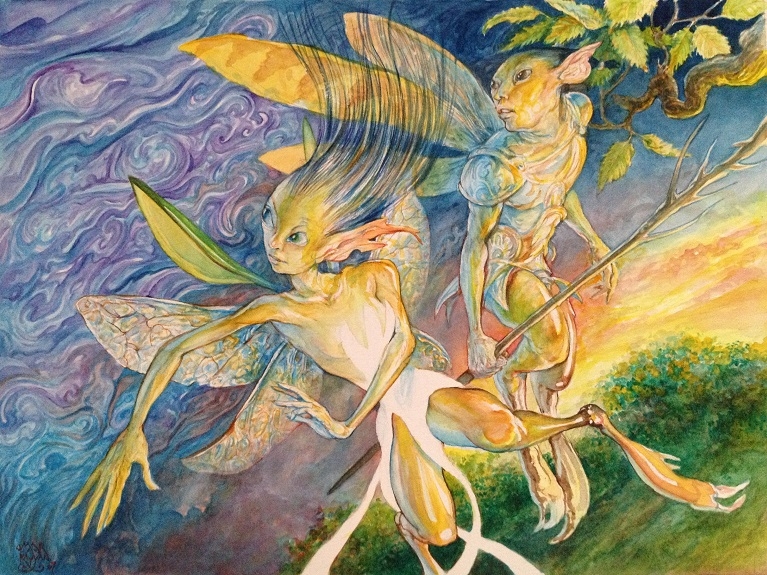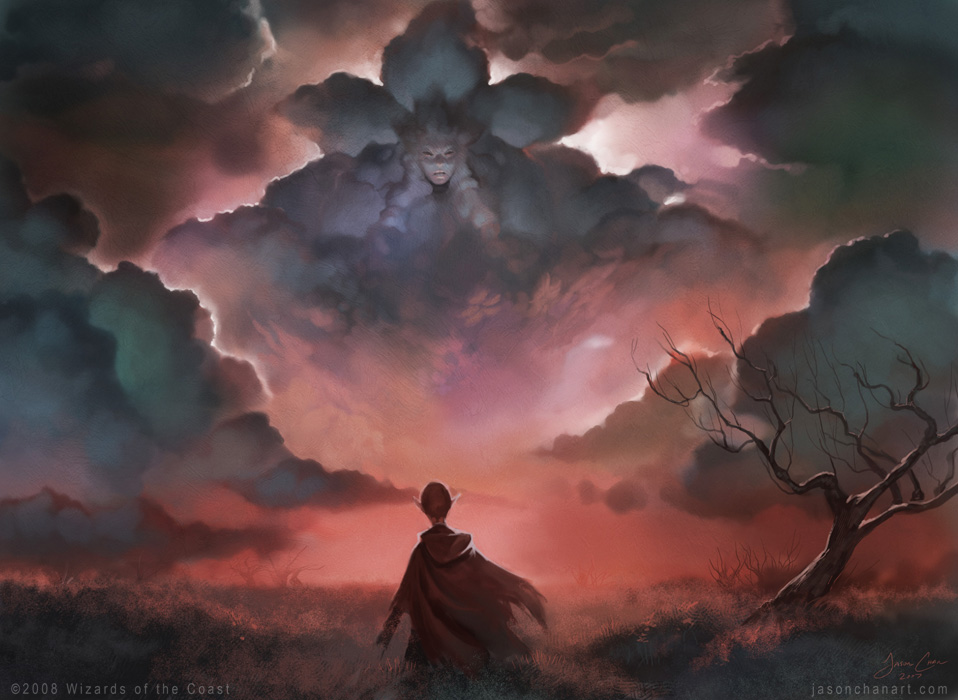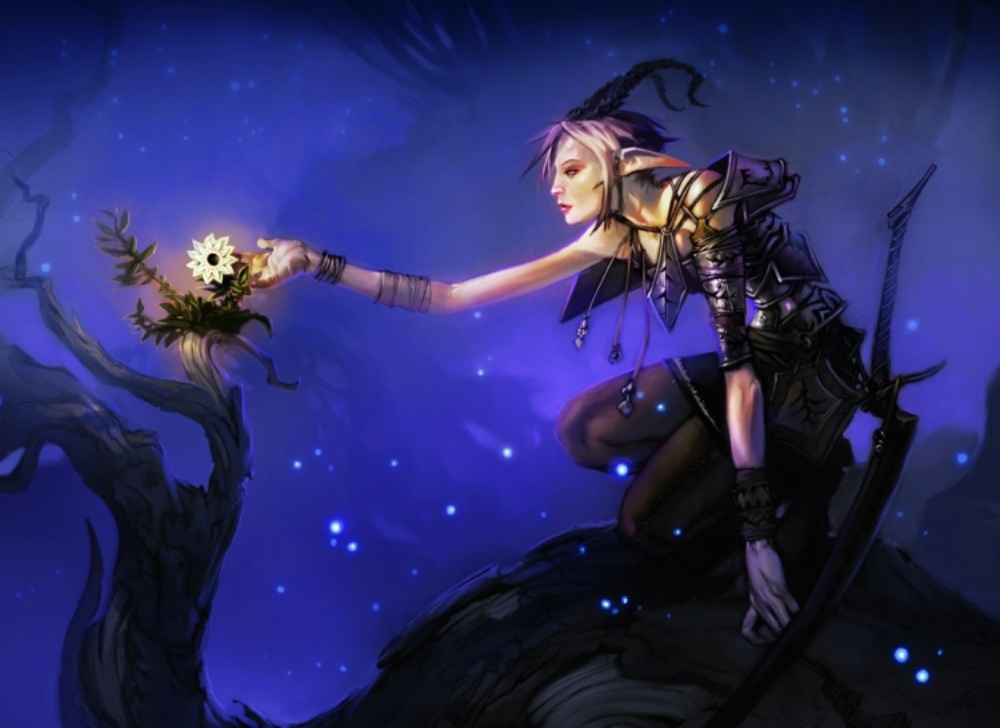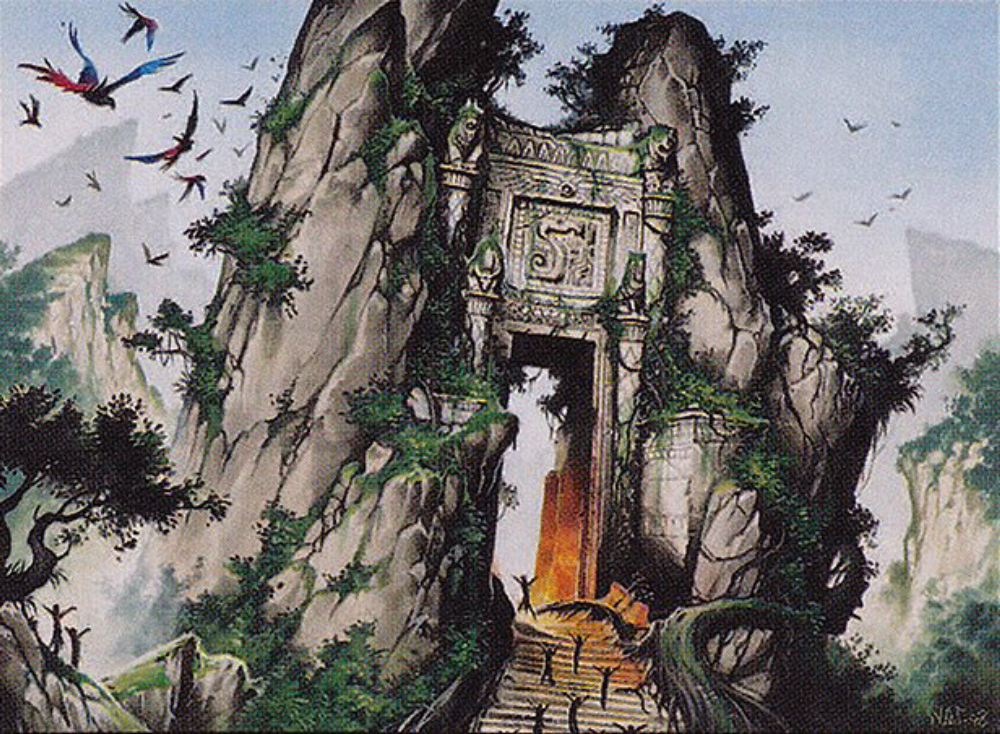Timesifter: 2008

Helix Pinnacle | Illustrated by Dan Scott
Quick - where were you in 2008?
That's 14 years ago, if you're more of an ideas person, not a numbers person. The year 2008, or MMVIII for our Roman readers, is largely remembered as an solid entry in the "not so great" category in terms of years overall; not quite as bad as, say, 1348, but certainly worse than other more mildly crappy years. October of 2008 saw what is (hopefully) the worst financial crisis in any of our times (to date), and as someone who was graduating college around that time, it made for a less-than-inviting labor market to jump into. There were also explosions, earthquakes, cyclones, war, and the Summer Olympics.
But we're not here to talk about what was going on in the real world. We're here for another edition of Timesifter, in which we discuss the world of Magic: the Gathering and all its intricacies, faults, and highlights over its 30-year history. We've already covered one year, 2002, and today, we're jumping ahead 2,190 days to 2008.
It was an interesting year for Magic that saw four major set releases in those 12 months: Morningtide, Shadowmoor, Eventide, and Shards of Alara, or in other words, expansions number 44 to 47 in the greater Magic canon. The year added 825 new cards overall to the ever-growing card pool of Magic (compared to the not-yet-completed current year's 1,388 new cards so far). So today on Timesifter, let's take a look at the year that was: 2008.

Morningtide
We'd be remiss in discussing the second and last set of the Lorwyn block, Morningtide, without first talking about the Grand Creature Type Update that rolled out along with Morningtide's release on Feb. 1, 2008. As the name implies, it was a wide-sweeping reconfiguration of creature types that "rightsized" nearly 1,200 cards, adding one or more creature types to what was already printed onto the card itself. It was, and still is, one of the biggest changes to the "Oracle," or the current wording of every card ever printed. It also removed a bunch of creature types, most notably the "Legend" type as seen on pre-2008 legendary creatures, but also removed some more, uh, idiosyncratic creature types, like "Paratrooper" or "Aladdin
But anyway, back to Morningtide. As mentioned, it was the back half of the two-set Lorwyn cycle, continuing the tribulations of Rhys (famous for first being Rhys the Exiled
And speaking of Elves, Morningtide, continuing what Lorwyn started, is a tribal and class-matters set. Along with Elves, the set featured all manner of tribes, from merfolk to Faeries, Goblins to Treefolk, giants, Kithkin and Elementals. In addition, there was plenty of support for "classes", like Soldiers, Wizards and Rogues. It also brought us the Prowl, Kinship, and Reinforce mechanics, as seen on cards like Auntie's Snitch
That's not to say the set isn't impactful today; quite the opposite, in fact. Several cards from Morningtide still see plenty of play in Commander, and thus a ton of reprintings since 2008, like Reveillark

Shadowmoor
The way the Lorwyn block and the Shadowmoor block interacted is unique in Magic. Despite being two distinct blocks each consisting of two sets, they were essentially mirrors of each other and were treated as a full, four-set mega-block when it came to constructed formats of the time. Shadowmoor the set launched in May of 2008, culminating a few months later in Eventide, which we'll talk about in a bit.
Thematically, that mirror image carried over into the plot: every three hundred years, the plane of Lorwyn transformed into a grimdark version of itself called Shadowmoor. Think Batman & Robin compared to The Batman. This time, thanks to the Great Aurora, everything's all Tim Burton-y, evidenced by the fact that many of the tribes from the previous two sets have been color-shifted to add a little spice (see: Sygg, River Guide
There's also a greater emphasis on hybrid cards, like Murderous Redcap

Eventide
Rounding out the Lorwyn-Shadowmoor mega-block is Eventide, a 180-card set completes the story of Rhys, Maralen, Ashling, and the Vendilion Clique
Mechanically, Eventide continues what Shadowmoor established with the liberal use of -1/-1 counters and the wacky uptap symbol as seen on Gilder Bairn
Like its fellow 2008 releases, Eventide still has a considerable impact on Commander today. Bloom Tender
When it comes to fitting your modern-day Commander deck with Eventide cards, the prices aren't quite as daunting as some of the other sets released in 2008, but there are still some notables. The aforementioned Bloom Tender tops the list, followed by Waves of Aggression

Shards of Alara
It's time to move on from the plane of Lorwyn, or Shadowmoor, or whatever state we left it in, and head another popular spots that hasn't seen a return in Alara. With Shards of Alara, we return to the traditional (at the time) three-set block structure, but we also gain a brand-new thing never before seen in Magic: mythic rarity.
Shards of Alara has had an indelible impact on the game as it exists today. Mythic rarity, as was explained at the time, was created to be more in line with other, similar games that had a fourth tier of rarity as well as allow for more leeway in creating cards they didn't want to have a presence in a Limited format. Ajani Vengeant
When October rolled around, Shards of Alara dropped, and now players had real names for certain three-color combinations that are still in use today, whether the designers of Streets of New Capenna like it or not. I've yet to hear someone say "Riveteers" instead of "Jund," regardless of if they were around as a player in 2008 or not. Also, not to be forgotten, Shards was the first set that included a basic land in a regular booster pack, and if you thought you've seen the player base lose its collective mind at minor changes that occur now, boy, do I have stories for you.
Shards continues to have an enormous impact on today's Commander, even beyond the names of tri-color combos. Knight of the White Orchid

Oona, Swagger of a Champion
When it comes to 2008, there were 16 legendary creatures available for our deck, ranging from a few mono-colored options, like Maralen of the Mornsong
We could go a lot bigger and play Reaper King
Oona's 2008 Presidental Shoe Toss
View on ArchidektCommander (1)
Lands (34)
Enchantments (5)
Artifacts (5)
Instants (14)
Creatures (25)
- 1 Briarberry Cohort
- 1 Deepchannel Mentor
- 1 Dewdrop Spy
- 1 Dream Thief
- 1 Faerie Macabre
- 1 Faerie Swarm
- 1 Final-Sting Faerie
- 1 Ghastlord of Fugue
- 1 Glen Elendra Archmage
- 1 Glen Elendra Liege
- 1 Indigo Faerie
- 1 Inkfathom Witch
- 1 Inspired Sprite
- 1 Knacksaw Clique
- 1 Latchkey Faerie
- 1 Mothdust Changeling
- 1 Nightshade Schemers
- 1 Oona's Blackguard
- 1 Oona's Gatewarden
- 1 Puppeteer Clique
- 1 Stinkdrinker Bandit
- 1 Sygg, River Cutthroat
- 1 Thoughtcutter Agent
- 1 Vendilion Clique
- 1 Waterspout Weavers

Say it, Play it
In terms of Magic, 2008 was a memorable year full of great cards, interesting sets and lore, and gave us plenty of Commander staples we still use today. In terms of just general world affairs, 2008 was a dumpster fire unmatched until 2016 (then 2019, then 2020, then 2021 -- and the jury's still out on 2022, but it doesn't look good), but let's put a quietus spike into that for now and just clap ourselves on the backs for doing a great job here today.
What year will be next? You tell me.